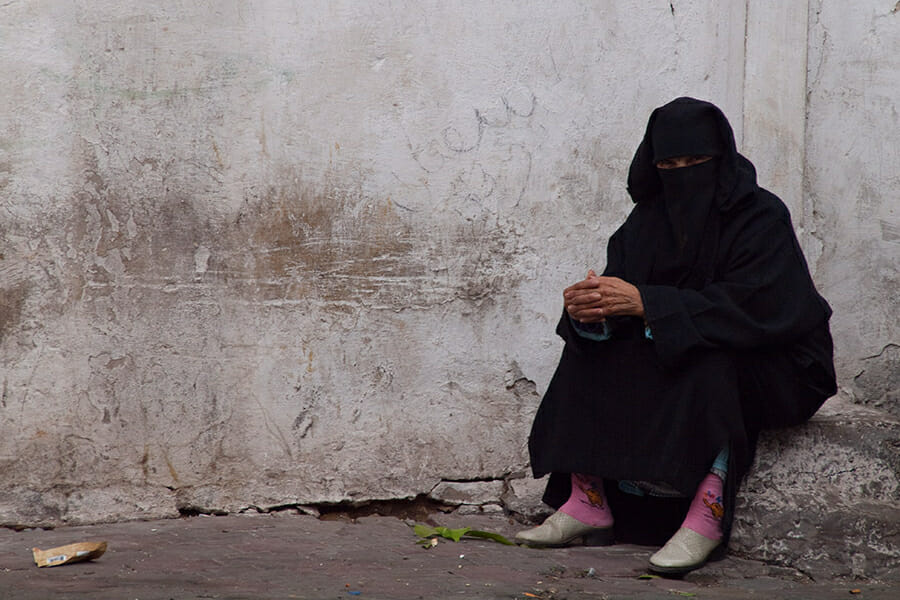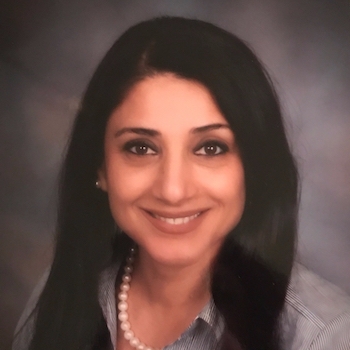
Culture
Women’s Bodies in Islam
Currently, the religious practices of Muslim women is very different from their mothers and grandmothers. My mother, who is 81 years old, cannot read, write or speak the language of Qur’an (Arabic). Through the fear of God, she was forced by her mother to cover her head and memorize several verses of Qur’an. Even though she did not know what the verses meant, she needed to memorize them for when she prays. When I was eight years old, my mother told me that if I wanted to be a “Good Muslim,” I would have to follow and practice all Islam’s five pillars.
I thought it was very hard to become a “Good Muslim.” I felt that my mother was encouraging me to focus on scriptures of Qur’an because I was able to read and eventually understand the verses of Qur’an, not just blindly memorize them. When I asked my mother about the reasons for veiling, she said that a woman’s gender and body is mentioned in Qur’an which is how a woman should be represented, basically to dress modesty. The history of Islam vividly describes the implications of cultural values and interpretations pass down throughout centuries. There are several legal schools that interpret the Qur’an differently. Islam says that a woman must cover herself; it says she must be modest. Christianity preaches the same values in terms of modesty. Furthermore, interestingly the Qur’an says men should be modest also in the eyes of God.
Here I am, today, not wearing a veil. I think my mother either did not force me enough to wear a veil or I just had independent thoughts and was a rebellious, outspoken girl, I wanted to think of faith in my own way. I lived 24 years in northern Iraq surrounded by Muslims. Up until 1996 I only saw older women wearing veils; no one my age ever wore a veil. Most of the women in my mother’s generation continued practicing what was passed down to them from their families. Unlike the current generation, past generations did not have the access or exposure to feminist rights as it was not deemed a priority. They did not get the chance to debate women’s inequality or oppression, a topic that is now generating buzz globally.
In order to understand Muslim women, we do not necessarily need to revert back to divine scripts regarding Adam and Eve and connect Eve’s sinful act to any women, particularity to Muslim women. I learned in elementary school, in religion classes, that we were forced to attend that Khadija, the wife of Prophet Muhammad was the first woman to convert to Islam. She helped her husband deliver the Islam message and to memorize Qur’an verses to spread within her community and Arab nations. Khadija influenced many unbelievers in the Islam religion to believe and convert to Islam. After Khadija’s death, Prophet Mohammad’s next wife Ayshah continued to deliver Islam messages and encouraged Arab women to practice Islam, teach and nurture children and siblings to recite God’s words, the Qur’an, and Prophet Muhammad’s words, the Hadiths. She became the most influential woman scholar of early Islam. The Prophet’s wives and other Muslim women were not culturally forced; they willingly and knowingly practiced Islam. However, neither Khadija, nor other Prophet Muhammad’s wives wore a veil. In general, Muslim women gradually, by the fourteenth century began wearing veils.
Through veiling, most Muslim women retain religious values. During the 1970’s Islamic revival, the dramatic surge in veiling among Muslim women began. As a result of Islam history and scholars’ work, it is believed that faith is the reason why Muslim women practice veiling. The veil is not a custom peculiar to Muslims and Muslims did not invent it. It was a popular ritual of Judaism long before the rise of Islam. It is mentioned in the Old Testament that men are created in the image of God, when praying they do not have to cover their heads, whereas, women when praying must cover their heads in front of other men or women.

Post-September 11th, a veil became a visible symbol of invisible threats to the entire world. Worldwide, there has been the growth in depictions of Muslim veiling as a sinister symbol of the irrational and violent bodies hiding underneath. In the United States, most Muslim women are labeled as weak, oppressed or terrorists. Although, a woman’s status in Islam is no worse than it is in Judaism or Christianity. The oppression of women is manifestly obvious in the ideology of Christianity and Judaism. Prior to the formation of the new economic system and patriarchal family, women in ancient civilizations held superior positions in society. Female Gods ruled in many essential provinces, including Nefertiti, the great royal wife of Akhenaten, an Egyptian Pharaoh. Hence, veiling is still complex and I cannot pretend to understand it entirely.
In Islam, it is debatable as to how to interpret the Qur’an and who is qualified to do so. A first time reader of the Qur’an may find this sacred scripture to be mainly an egalitarian document. My own knowledge gained from erudite Islam scholars and first hand experiences growing up in a society with majority Muslim believers, with a few significant exceptions, women and men have equal religious obligations and opportunities with eternal rewards. Under Islamic law, the testimony of two women in court is equal to the testimony of one man because women get their monthly period and their statements are not credible while they are ill. Also, because women belong in the home and financially depended on men, the inheritance laws indicate that women inherit half as much as men!
Currently, not only is Islam the fastest growing religion in the world, the practicing of veiling is staggering. Women with previous religious beliefs as well as women with no previous religion background are converting to Islam and wearing a veil. The new veiling movement is a fundamentally voluntary phenomenon. The two key factors for the growth in both, the religion and veiling practice are: education and peer pressure. This suggests that religious components are empowered by education and urban middle-class educated women are among the participants.
Education contributed to a better understanding of Islam and less complicated understanding of Qur’an verses. Although it is mainly voluntary, the peer effect commonly starts within a family. A family member, friend or community members have influence over the decision for veiling. The peer effect includes peer judgment and/or criticism, along with continuous religious communication. Not only are diseases contagious, faith is contagious too. Even without a veil, females are already complex and their body images convey vague messages. Veiling is another tricky element that enhances contradictory meaning to the female body and self-identity.
The 21st century society’s preferred woman’s body is the Hollywood image. Some veiled Muslim women want to stay current and follow the trendy crowd; they give most of their time and attention to their appearance. They wear tight clothes, rich make up, nail polish, hair color, high heels, and like the majority of Hollywood celebrities, have multiple plastic surgeries to improve their beauty. In contrast, some veiled Muslim women just wear plain, unattractive and conservative clothes and their focus is only on the core of Islam faith. They give most of their time and attention to learn how they can better themselves in the eyes of God. Men, the leaders of the commercial and beauty industry advertise the conceptualization of beauty. Their notions of changing how women should look may influence many women but not all.
Contemporary veiled Muslim women are far from escaping social change. Through their belief and daily behavioral practices, they continue to develop social systems in Islam society to advance women’s equality, liberation, and self-representation to maintain their sense of identity. Veiled women are concerned about performing their religious duties and their appearance and behavior. Perhaps the future of Muslim women veiling practices will continue to involve the Islam faith. Whereas, the future of the western view about veiling is unknown due to the recent amount of disruption occurring in Muslim countries, such as: terrorist activities, kidnaping and raping women and young girls by ISIS members. The dress code ISIS imposed on women in places ISIS controlled over the past few years is to cover every part of their bodies, including the face, all in black. Red is illegal.

